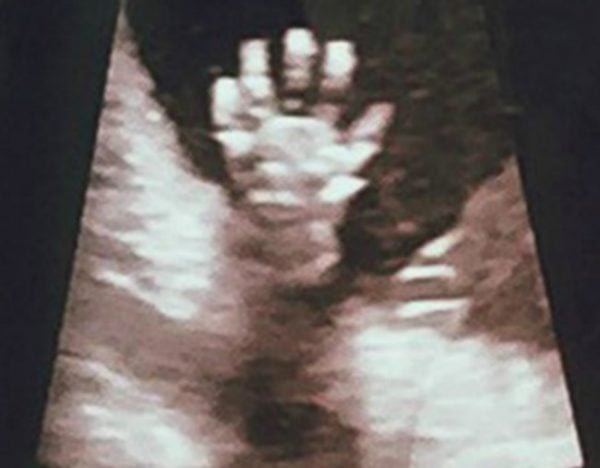Traditionally, we’ve looked to a toddler’s movements to see if their right or left handed. How they hit a cricket bat, kick a soccer ball, hold a paintbrush and, eventually, learn to write.
Now, however, researchers in Germany have shown how handedness can be identified in the womb, at as early as 13 weeks, and that the asymmetry originates from the spinal cord (not the brain, as originally thought).


Top Comments
I just want to hi five that first scan pic, lol.